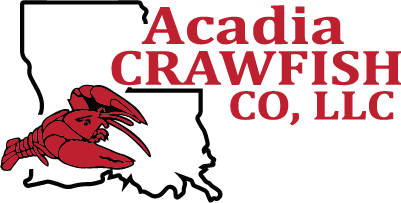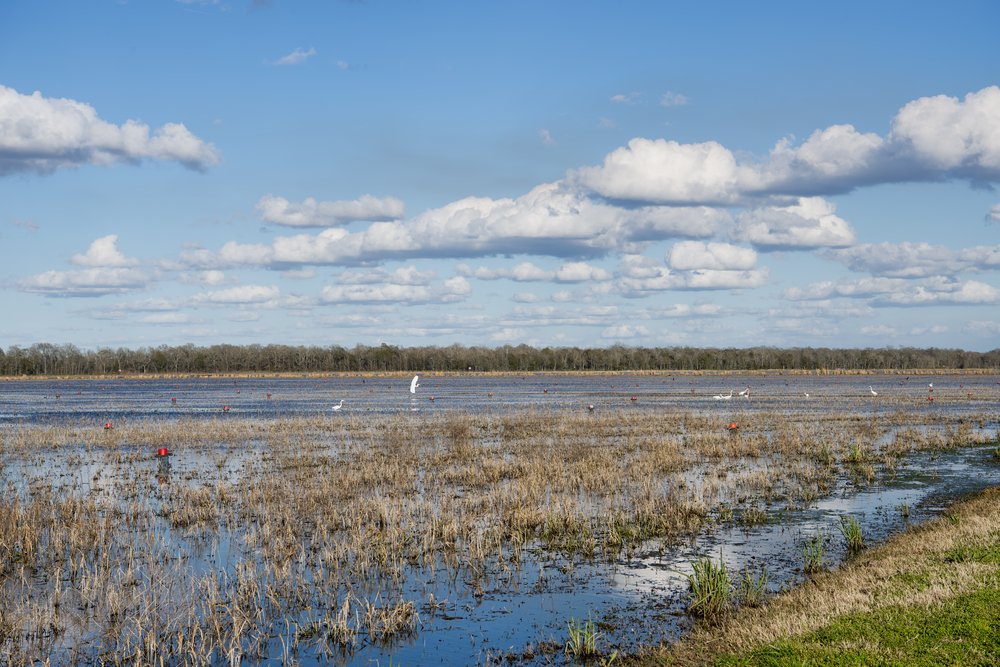The first time that you ever saw crawdads in the store, your initial response might have been something like, “Oh! Look at those cute little lobsters!” It’s okay, cher. You’re not the only one.
After all, many people don’t really think about how their food gets produced. For all you know, those cute miniature lobsters grow in the depths of the oceans, just like their larger counterparts.
Okay. You probably didn’t think that, given how much crawfish are a part of life in our neck of the swamp, so to speak.
In fact, it probably goes without saying that crawfish really are a different animal than their larger cousins. They grow in freshwater, for one thing. The salt comes afterward,in the boiling pot, not during their incubation period.
They also like rice fields a lot. And being that they’re mudbugs, they love them some mud and clay! But even that is a bit of a misnomer, because they don’t like to play in the mud as much as they like to burrow deep inside of it.
So exactly how hard is it to make their muddy homes? Really, a lot more goes into making a commercial crawfish pond than most people think, but the process is fascinating. It’s also necessary for life on the Gulf.
Here’s a closer look.
Rice – Crawfish Pond Conditions
Who knew that crawfish liked rice too? But it’s true. In hindsight, this probably isn’t so hard to believe, given that the best Cajun dishes, like gumbo, almost always have rice in them. It’s basically the way to a Cajun’s heart.
Here’s the deal about rice fields that make them so ideal for growing crawdads. Both rice and crawfish need clay soil in order to thrive. Clay soils hold water, which is what makes wild rice fields so boggy. And as far as growing a bumper crop of crawfish goes, water-soaked boggy rice fields make for better crawfish growing conditions. The boggier the rice field, the better. A good rule of thumb is, if you can roll the soil into a ball, it’s suitable for crawfish culture.
Rice needs about two inches of water to grow in. Once they take off, it looks like fields of tall grass, and the crawfish can’t get enough of it, mainly because it’s easier for them to burrow and hide. The dampness also creates decaying plants, and if the rice field also has small fish – usually as bait during harvest times – then the conditions give the ‘dads plenty to eat.
Farmers who use their rice fields as crawfish fields typically don’t devote more than 10% to 50% of their rice fields to the production of crawfish. It’s also important to note that while rice needs a lot of water, the ‘dads need even more. That being said, interior levees need to be in place to maintain the different water levels, direct the flow throughout the pond and maintain the water quality. These levees should be a minimum height of 6 inches above the water line.
Harvesting Process
Both the rice and the crawdads need seeds in order to start. One comes from a plant, the other comes from a wild animal crop. The initial crawfish “seeds” often come from a place like the Atchafalaya Basin, the largest area of river swamp in the U.S.
This 140-mile-long stretch of water is home to hundreds of species, including our little crawdads. Current estimates are that the basin produces 22 million pounds of crawfish during the commercial harvests. That’s certainly enough crawfish for you to create a little pond on your own.
Once you have the seeds, the clay and the water, the crawfish will do their thing. When the rice water begins to warm up, they will burrow deep into the ground to protect themselves from the heat. At some point, the rice will get harvested, leaving the ‘dads behind to sleep in their burrows and more importantly, to produce little baby crawfish that are usually the size of insects when they’re first born. The barren rice fields eventually get flooded come fall, and the rice-crop leftovers become the food for the ‘dads until they’re ready to be harvested.
Construction Requirements
Rice / crawfish farmers usually have a fixed irrigation system in place to control the input and output of water. These farmers rely on existing levees for water production, with a minimum size of 9 feet wide by 3 feet tall to maintain the 8 – 12 inches of water that crawfish need to grow. That being said, it’s important to make sure your location is close to a sufficient source of water and power prior to breaking ground. And don’t forget that clay soil! It’s crucial.
Water drains that match the pond’s size need to be installed for discharge as well, typically one inch per acre – i.e. a 10 acre pond would need a 10 inch drain. Remember, the pond needs to be able to drain completely when the time comes, so the pond bottom elevation needs to be sufficiently high.
In order to maximize the amount of oxygen in the water, install an aeration screen at the intake point of the drainage system, and fish screens at both the intake and outake points. This will allow you to maintain the proper water quality needed to sustain life.
While the characteristics of crawfish ponds vary across the industry, all successful ponds need the following:
- High clay soil composition
- Sufficient water source
- Perimeter levees stable enough to hold water for 10 months
- Flat bottoms with the ability to drain completely
Acadia Crawfish’s Pond
At Acadia Crawfish, our farm-raised crawdads are harvested with love and handled with the highest standards of care to ensure the quality, value, and reliability our customers have come to expect. As a Cajun family-owned and operated business, crawfish farming is more than just a job, it’s our legacy. And it all started with a pond and a dream.

